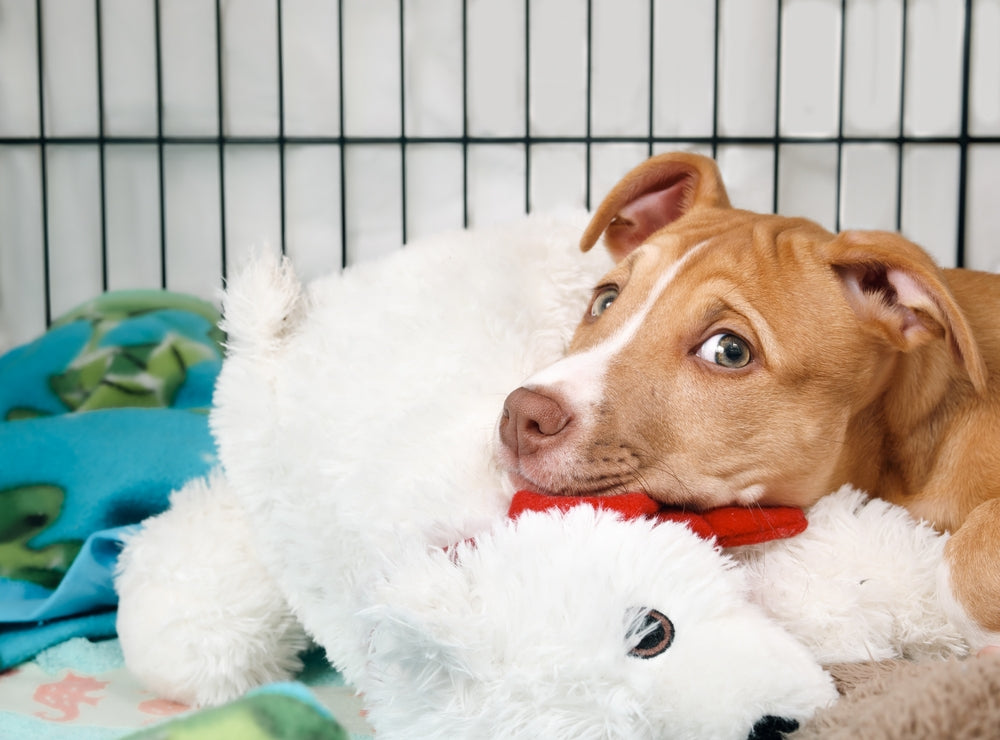Are you a new puppy parent looking to establish good habits early on? Crate training is a crucial skill to teach your furry friend. Not only does it provide a safe space for your puppy, but it also helps with house training and anxiety. In this ultimate guide, we will walk you through the steps to successfully crate train your puppy, with a special mention of the Doggie Shusher for anxiety relief.
What is Crate Training?
Crate training, involves teaching your puppy to view their crate as a safe and comfortable space. It mimics a den-like environment, which is a natural instinct for dogs. When done correctly, crate training can help with housebreaking, preventing destructive behaviors, and providing a sense of security for your puppy.
Getting Started with Crate Training
Start by choosing the right crate size for your puppy. It should be large enough for them to stand up, turn around, and lie down comfortably. Introduce your puppy to the crate gradually, using positive reinforcement like treats and toys. Make the crate a positive space by feeding your puppy meals inside and placing their favorite toys in it.
Establishing a Routine
Consistency is key when it comes to crate training. Create a routine for your puppy that includes regular potty breaks, playtime, and crate time. Use the Doggie Shusher, a calming device that emits soothing sounds, to help reduce anxiety during crate time. This can be especially helpful for puppies who experience separation anxiety.
Patience and Positive Reinforcement
Remember that crate training takes time and patience. Avoid using the crate as a form of punishment, as this can create negative associations. Instead, use positive reinforcement to reward good behavior. Gradually increase the amount of time your puppy spends in the crate, starting with short intervals and gradually extending them.
By following these steps and incorporating the Doggie Shusher into your routine, you can successfully crate train your puppy and set them up for a lifetime of good habits. Remember, consistency, patience, and positive reinforcement are key to a successful training experience.

